It is also nice to write about our own activities. The Kletterblock team stayed on the peninsula Cotentin in the west of Normandy in France. The peninsula Cotentin is situated inthe normady next to the Channel Islands. Normally not really an crag for climbing. There was not much about it in the relevant databases. Only on the tourism website (www.normandie-tourisme.fr) could we find some information about the rocks near Cherbourg.
One holiday later, we were able to document about 70 routes, but we didn’t climb all of them ourselves. We visited two crags. One was the Vallée de Vivett near Cherbourg and the cliffs at Cap De Carteret near the seaside resort of Barneville-Carteret. The first is a well-developed sport climbing crag, the second is a rather unknown trad climbing crag.
Zu den Gebieten:
Vallée de Vivett
There are two climbing areas not far from each other. Here it is best to park directly at the clearly visible rock „La Roche qui Pend“. The second crag „Falaise de la fauconnière“, is about 100 metres to the east on the other side of the road (noticeable path about 50 metres from the road to the rock). Both areas are characterised by extremely firm, sometimes somewhat splintery sandstone. The first would be the free-standing rock „La Roche qui Pend„, about 15 metres high, with 26 „documented“ routes in the ranges 2-7a. The routes are all very well belayed, except for the Route normale [2] (which is easy to belay yourself) and our route Sole over Gudhjem [6a]. The latter is a quite difficult slab climb in the lower part, which is hard to belay. Towards the top it becomes easier and better secured, but unfortunately also a bit more fragile. Here you should first look at the route in the toprope. All routes are (probably) recommendable. We climbed routes 1, 2, 3 and 17. The names are written below.
The second crag „Falaise de la fauconnière“ is divided into three sectors. Here you will find routes up to 40 metres long. Here, too, (almost) all of the more than thirty routes are very well secured and equipped with top anchors. Particularly recommended is the forty-metre route „Macho Pichu“ [4b] in Secteur 1. Exactly one 70-metre rope is enough for abseiling. On the way, there is another intermediate belay at a height of about 20 metres. To the right, we first ascented a new trad route called „Première internationale d’escalade„. The route enters via „Bakaunine“ [6a+] and link up the dihedral to a prominent crack. Next to this there is a crack, which is well protected by the climber, and then the edge continues to the „Macho Picho“ belay.
Cap De Carteret
There are a lot of opportunities for climbing here around the cape and potential for many routes. We do not know to what extent climbing has already been done here. In this respect, all rock and route names have been given by us. We did not find any traces of earlier climbing, except for a few top-rope anchors on the Tête Noire and Gorge de Carteret. The routes are all self-protected, but this is not so easy due to the rock structure of shale and sandstone. The routes at Tête Noire and Gorge de Carteret are more or less freesolo routes. Not far from the two climbing destinations is a large overhang with a lot of potential for difficult bouldering.
Our personal highlight was the „Crête dolomitique“ [5b] on the Obelisk. This should be topped out beforehand, if only to clean it and to check the belay possibilities. This is easily done via the self-securing „Escalade de folie“ [5a] to the right.
All in all, the two areas are certainly not comparable with the south of France or even with Eure near Rouen in Normandy, but they offer entertaining and, if you want, exciting climbs for two or three days.






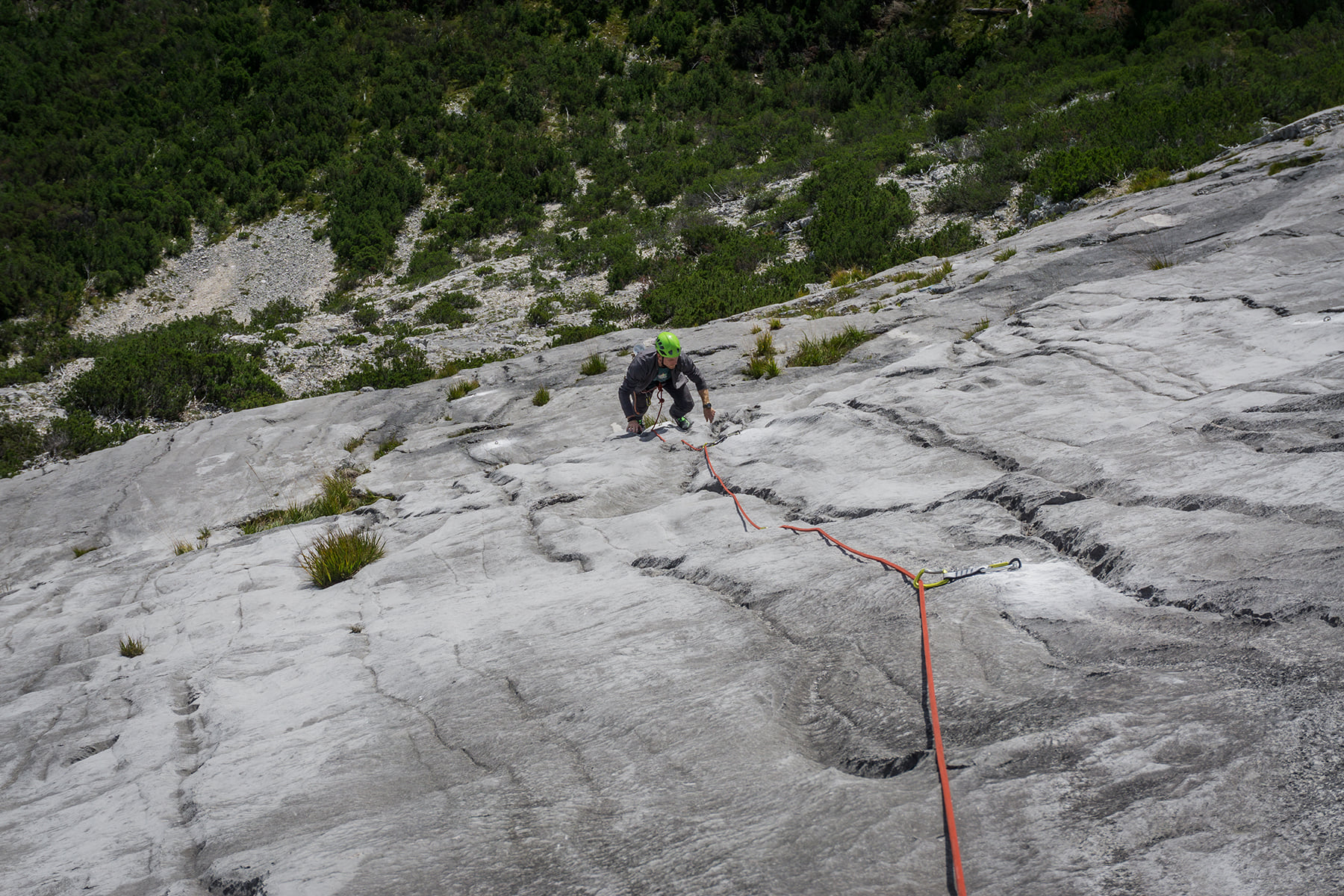
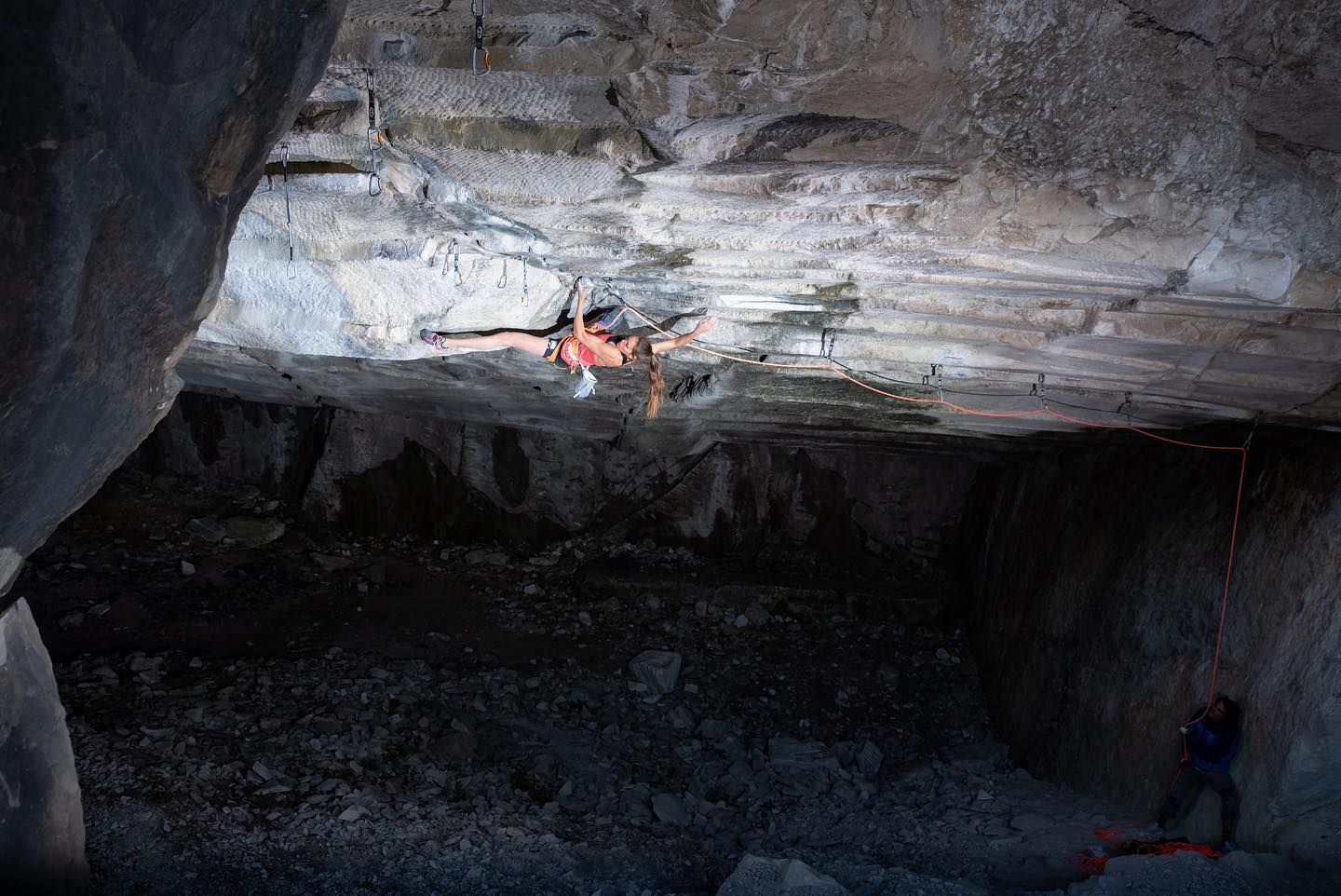
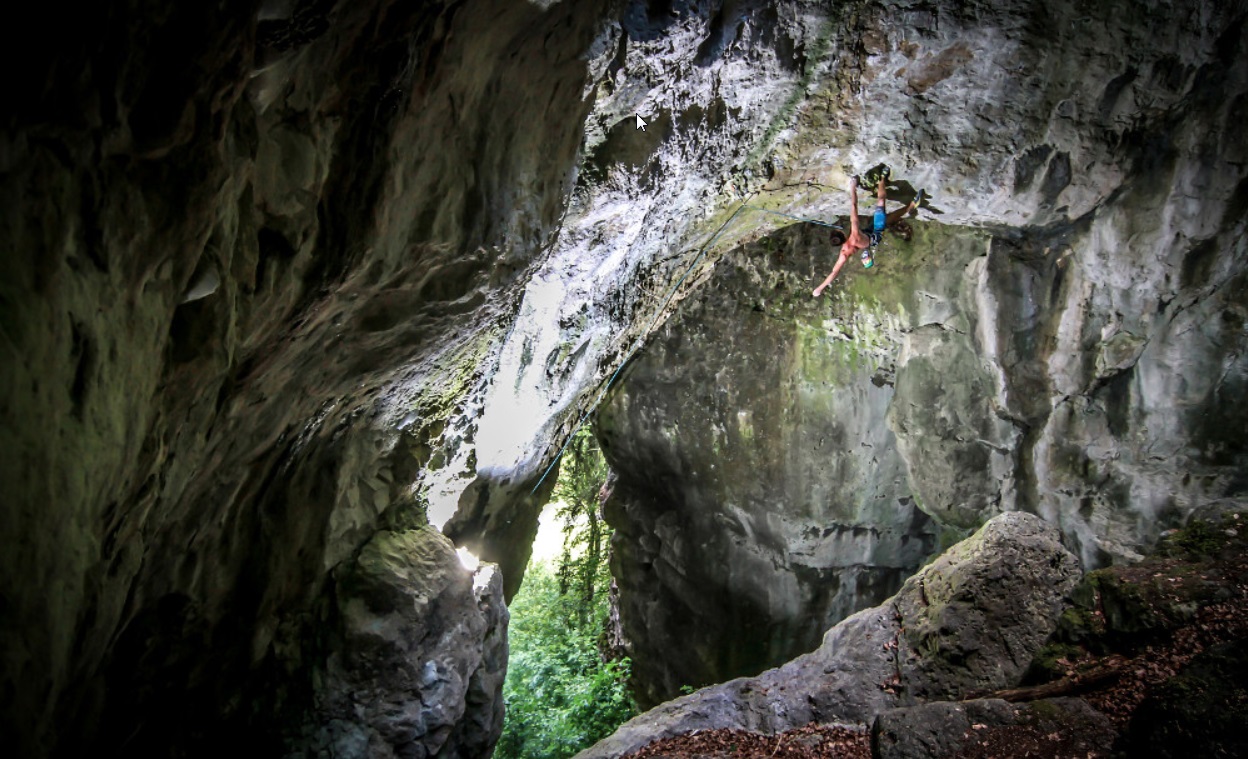


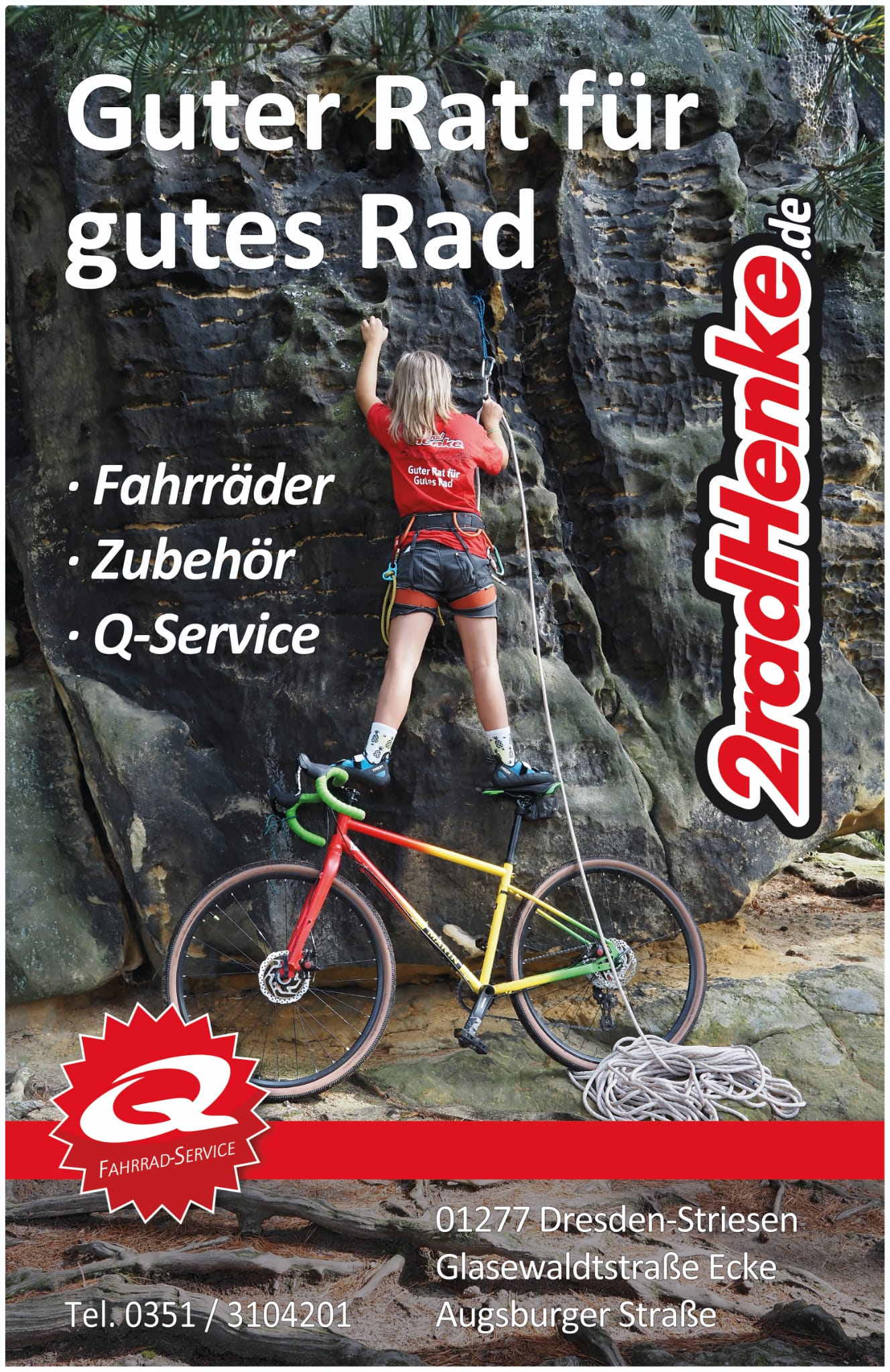
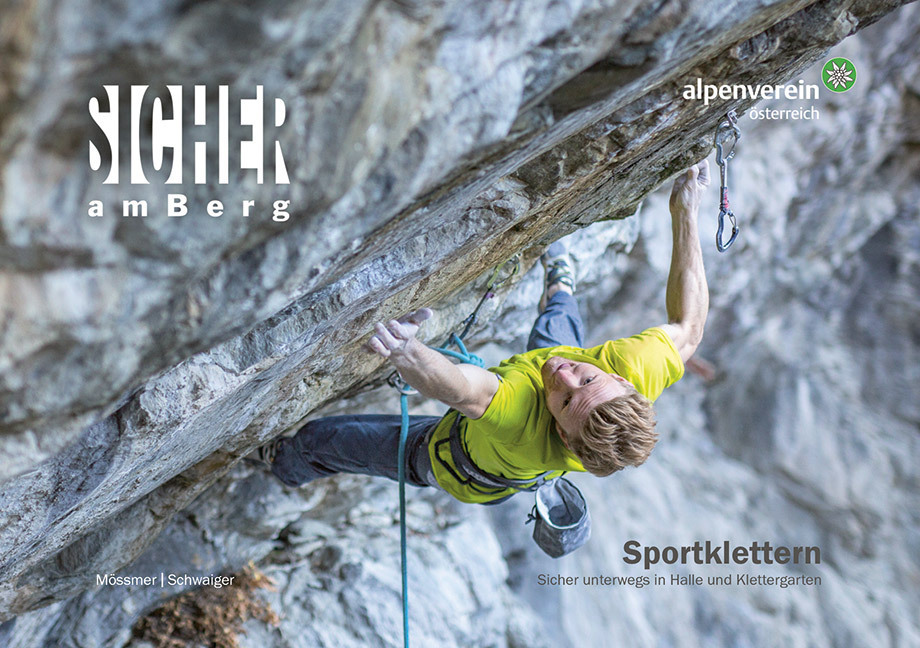
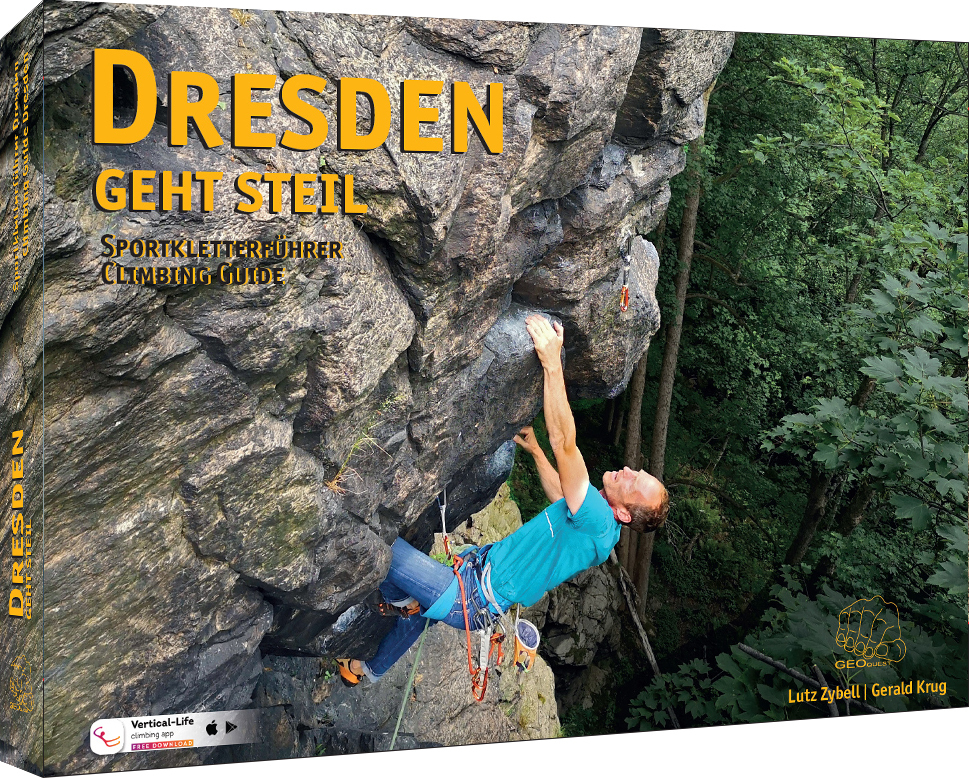
Genau, liebe Helga, weil dein Weltbild nicht zulässt, dass sich Gesellschaften und ihr Blick auf die Geschichte verändern und damit…
Allein die Frage scheint ein perfektes Beispiel eines linksgutmenschlichen Bilderstürmers zu sein. Selbstverständlich sind solche Begriffe nicht rassistisch, sondern die…
Ich reiche hiermit die fehlende Quelle des Direktzitats nach: https://kayakandclimb.blogspot.com/2023/11/free-karma-on-half-dome.html?m=1
Please contact Tobias Wolf via https://kayakandclimb.blogspot.com/ Cheers Gabi
Hi ! well done for the FFA of Charliberté !! I'm looking for a really good picture of this area…